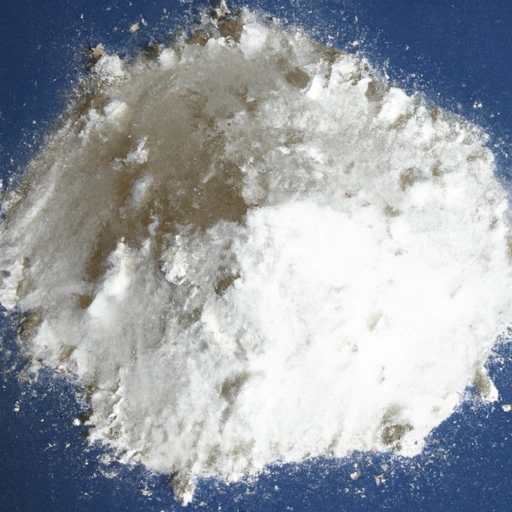Tapioca Flour
Description

Tapioca flour, also known as tapioca starch, is a fine, white powder extracted from the roots of the cassava plant. It's known for its neutral flavor and high starch content, which makes it a popular thickening agent in various recipes. This gluten-free flour is widely used in both sweet and savory dishes, offering a chewy texture and glossy finish to foods. Tapioca flour is measured in grams (g) and ounces (oz) for weight, and milliliters (ml) and fluid ounces (fl oz) for volume, catering to the needs of cooks and bakers around the world.
Common uses
Tapioca flour is commonly used as a thickener in sauces, pies, soups, and gravies. It is also used as a binding agent in gluten-free baking, improving the texture of bread, cakes, cookies, and pastries. Additionally, it's a key ingredient in making bubble tea pearls, puddings, and various Asian desserts.
Nutritional value
Calories
Per 100g (3.5 oz), tapioca flour contains approximately 360 calories.
Protein
Tapioca flour contains about 0.2 grams of protein per 100 grams (3.5 oz).
Fat
This ingredient contains a negligible amount of fat, typically less than 0.1 grams per 100 grams (3.5 oz).
Carbohydrates
It is rich in carbohydrates, with 88 grams per 100 grams (3.5 oz), primarily in the form of starch.
Vitamins
Tapioca flour is not a significant source of vitamins.
Minerals
It provides minimal amounts of essential minerals.
Health benefits
As a gluten-free flour alternative, tapioca flour is beneficial for individuals with celiac disease or gluten intolerance. Its high starch content can provide quick energy, making it useful for athletes or those needing a fast energy boost.
Potential risks
Due to its high carbohydrate content and low nutritional value, excessive consumption of tapioca flour may lead to unbalanced diets and could contribute to weight gain. Additionally, it may not be suitable for individuals with carbohydrate-restricted diets.
Common recipes
Common recipes include gluten-free bread, cakes, and cookies, Brazilian cheese bread (pão de queijo), and Asian desserts like bubble tea and sweet tapioca pearls.
Cooking methods
Tapioca flour can be used as a thickening agent in sauces and soups, or as a flour substitute in baking when combined with other gluten-free flours to improve texture.
Pairing with other ingredients
It pairs well with dairy, fruit, and other gluten-free flours like rice flour and almond flour.
Summary
Tapioca flour is a versatile, gluten-free thickening agent and baking ingredient used around the world. It offers a unique texture to various dishes and is suitable for people with gluten intolerance. While it provides certain benefits, it should be used in moderation and as part of a balanced diet.